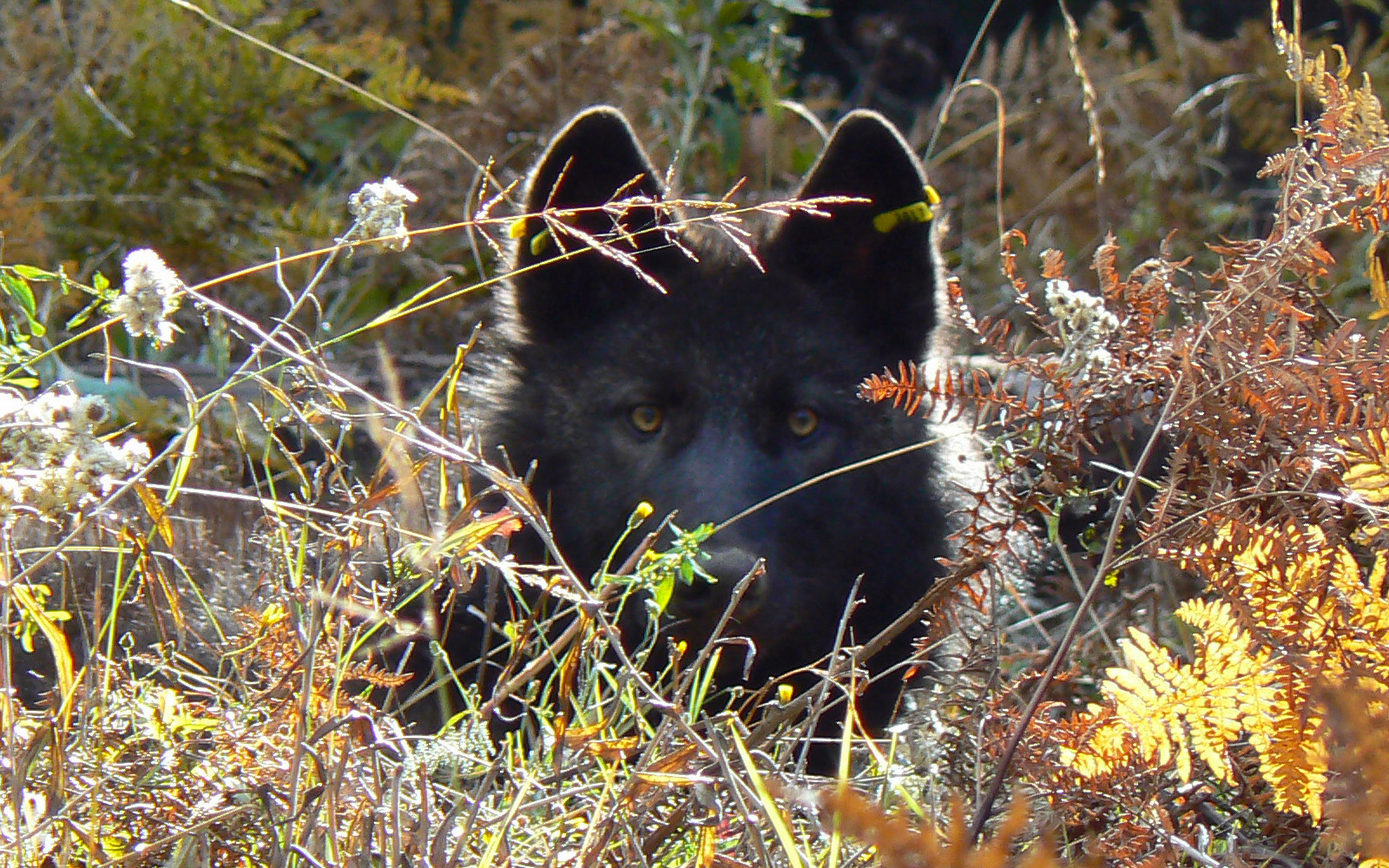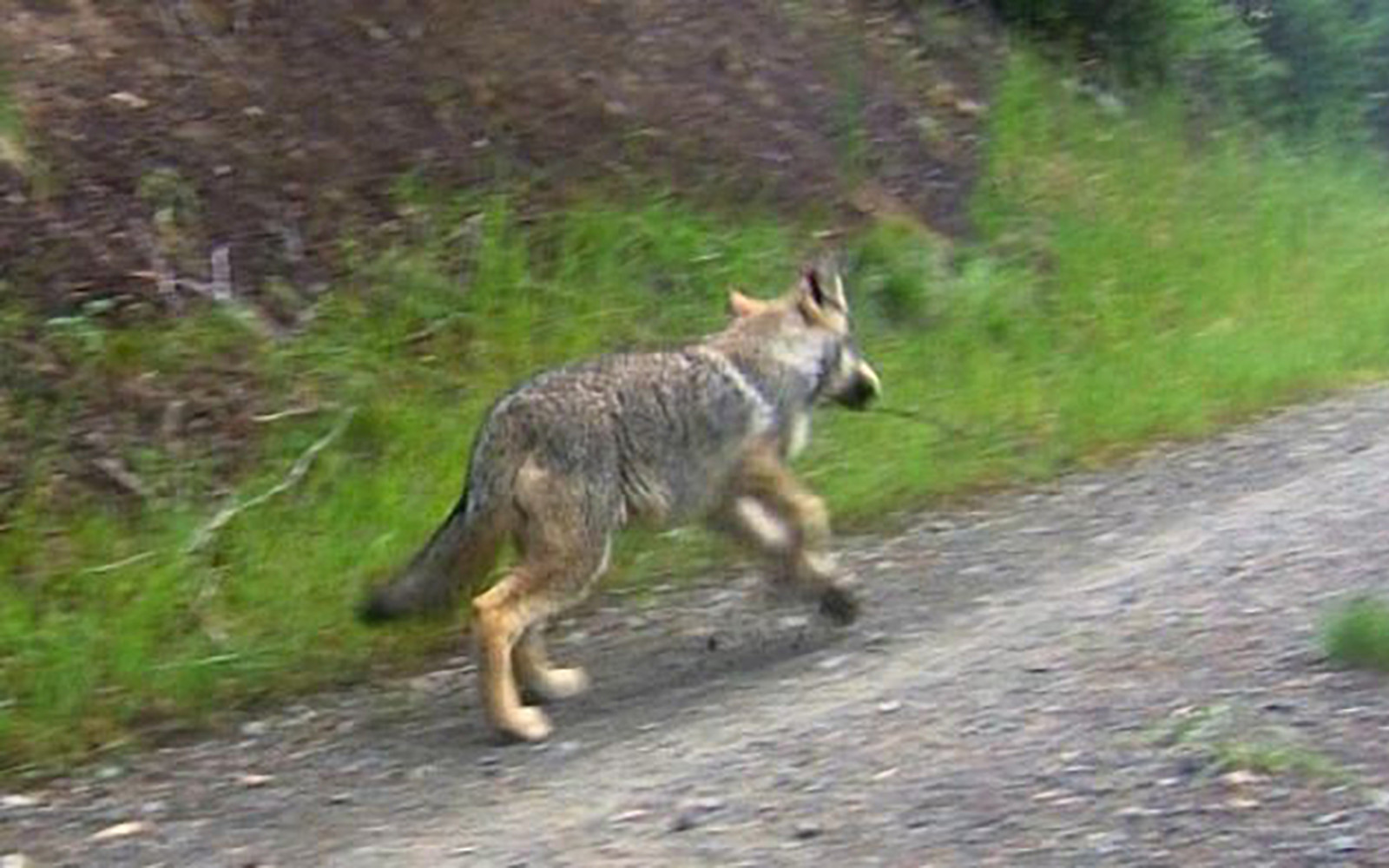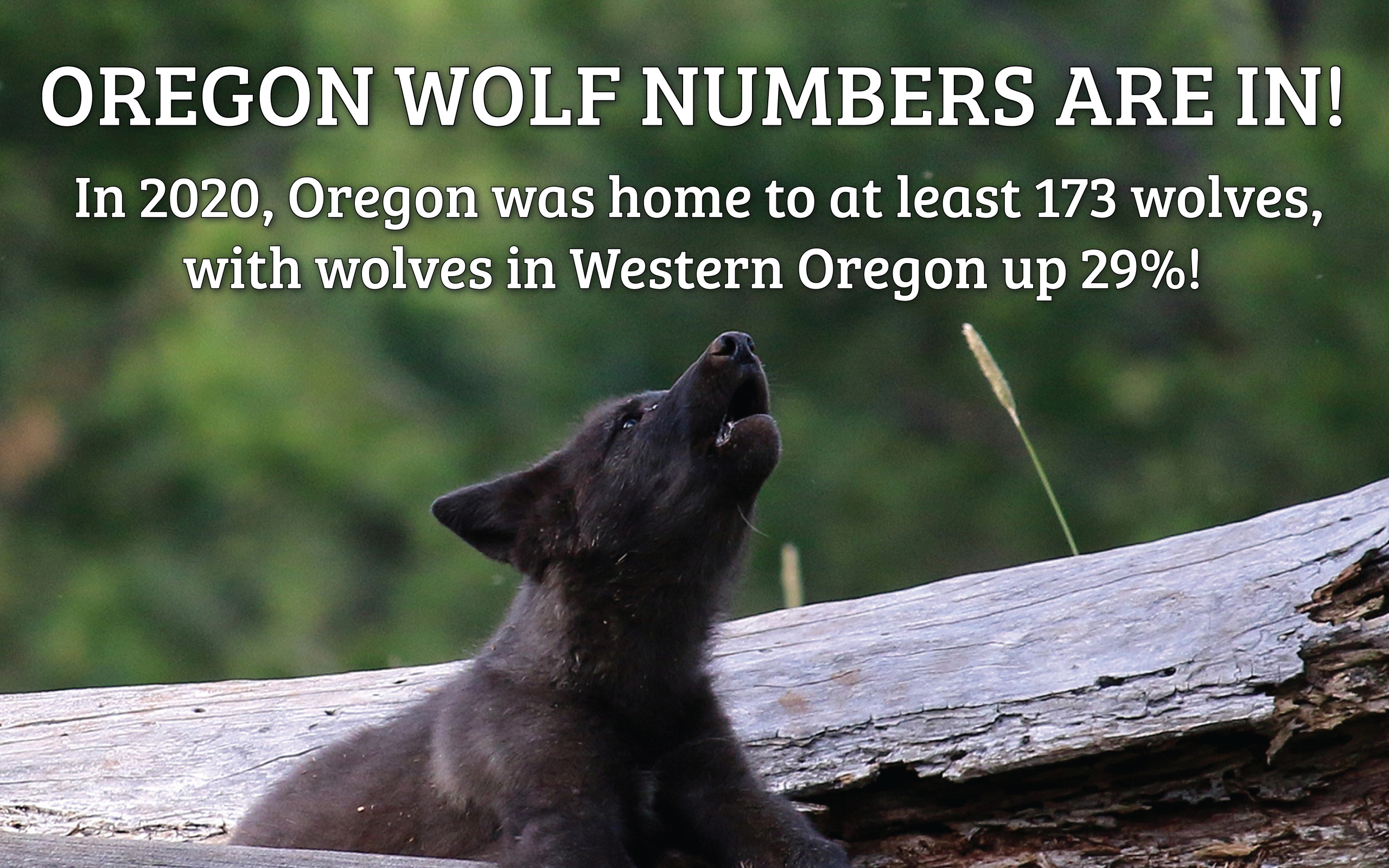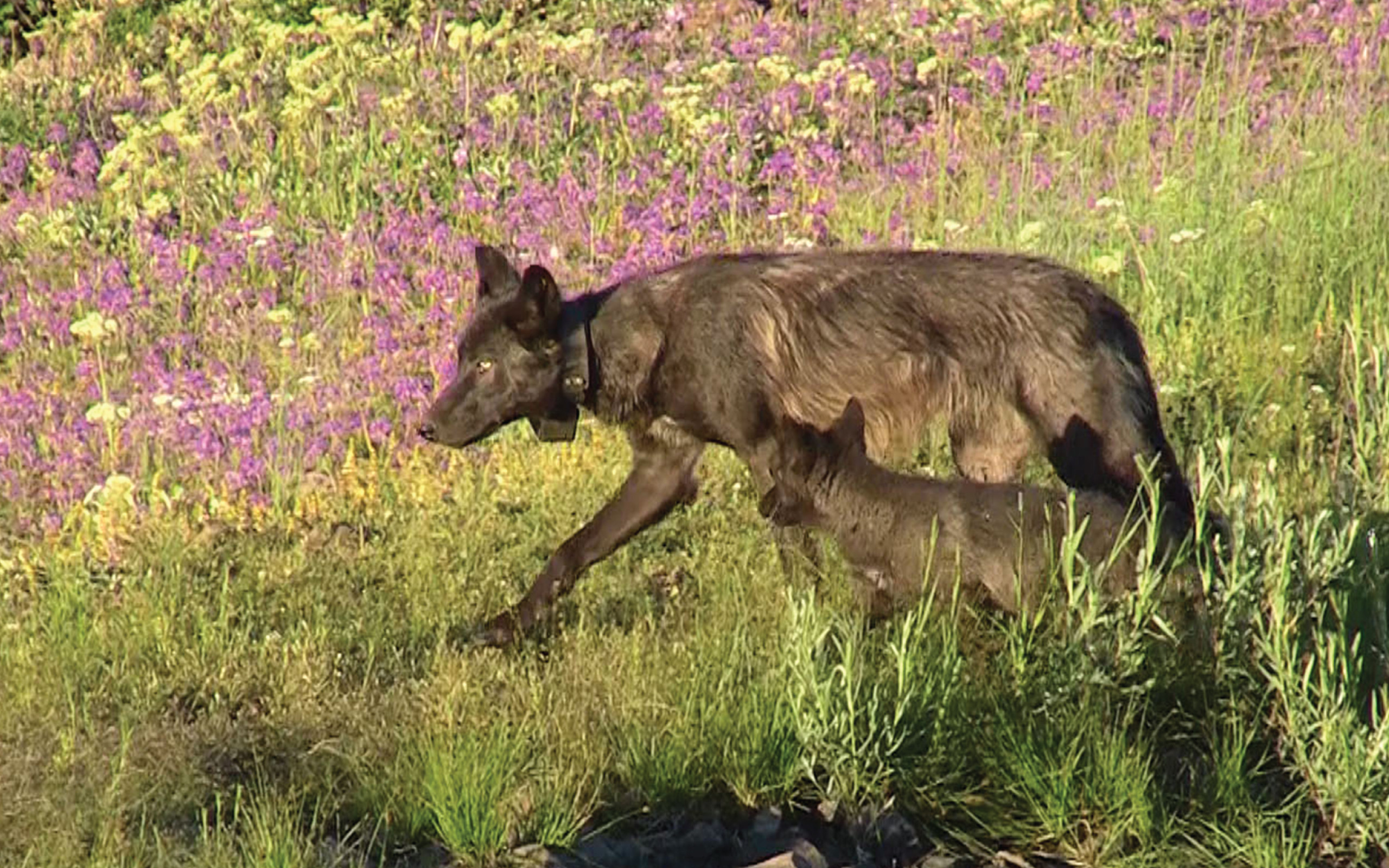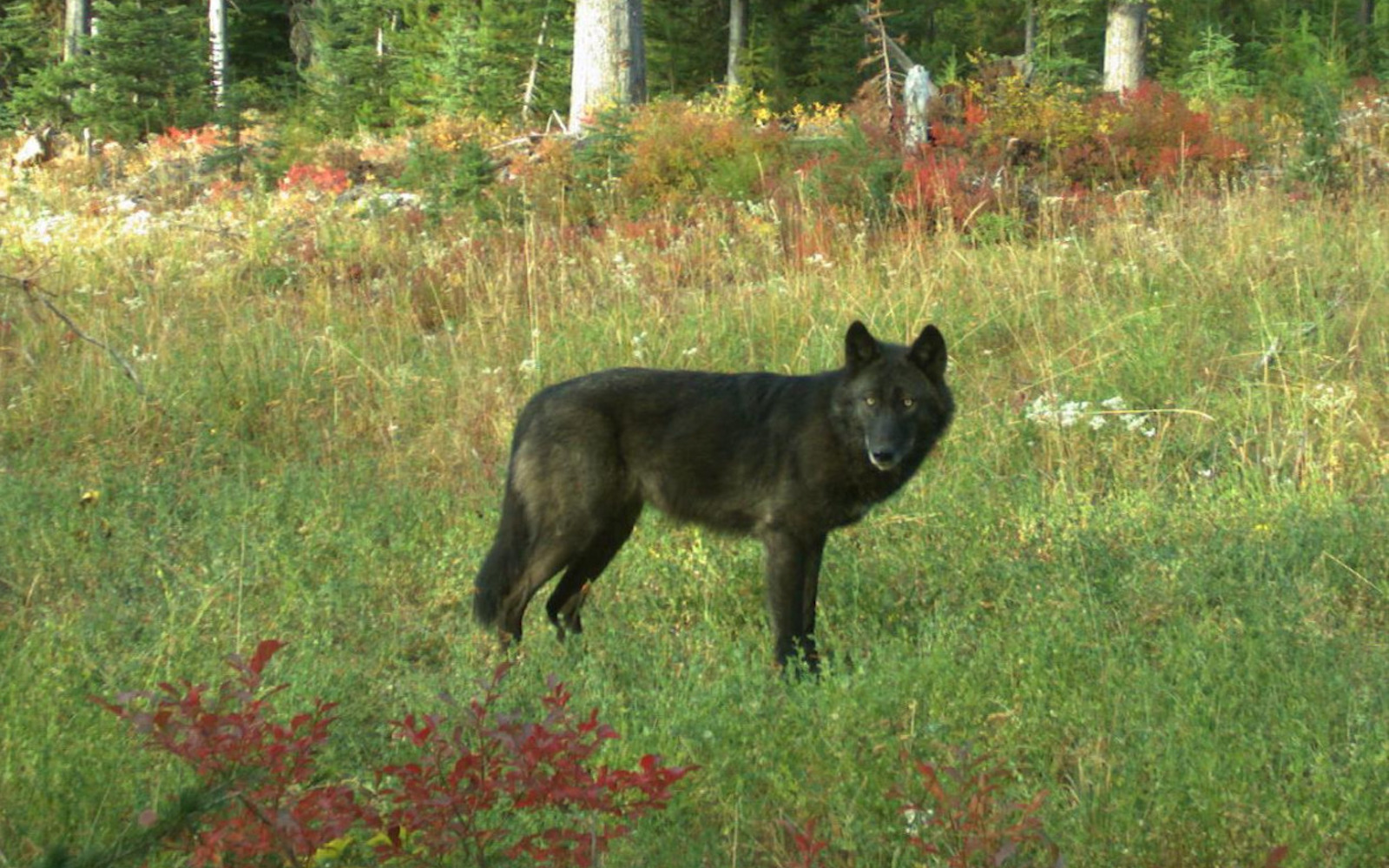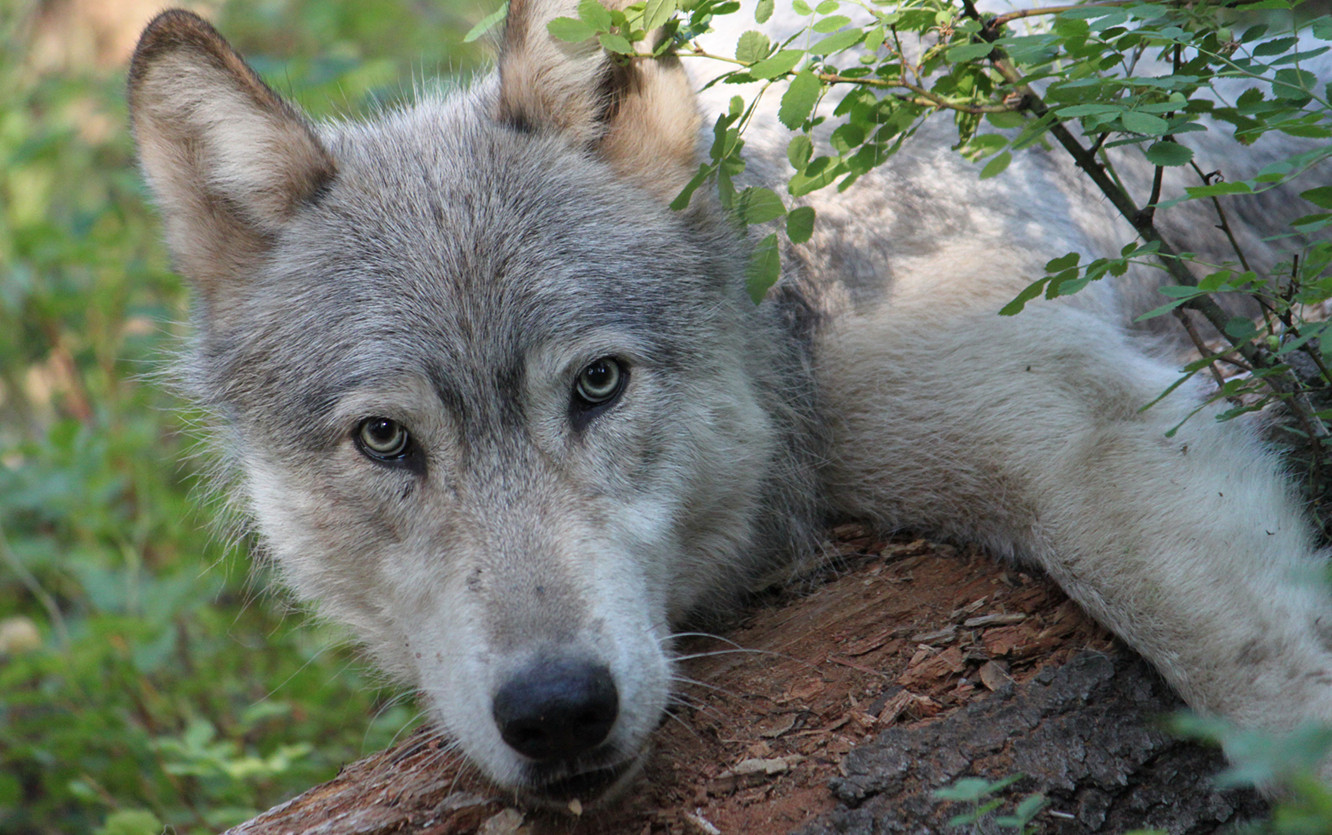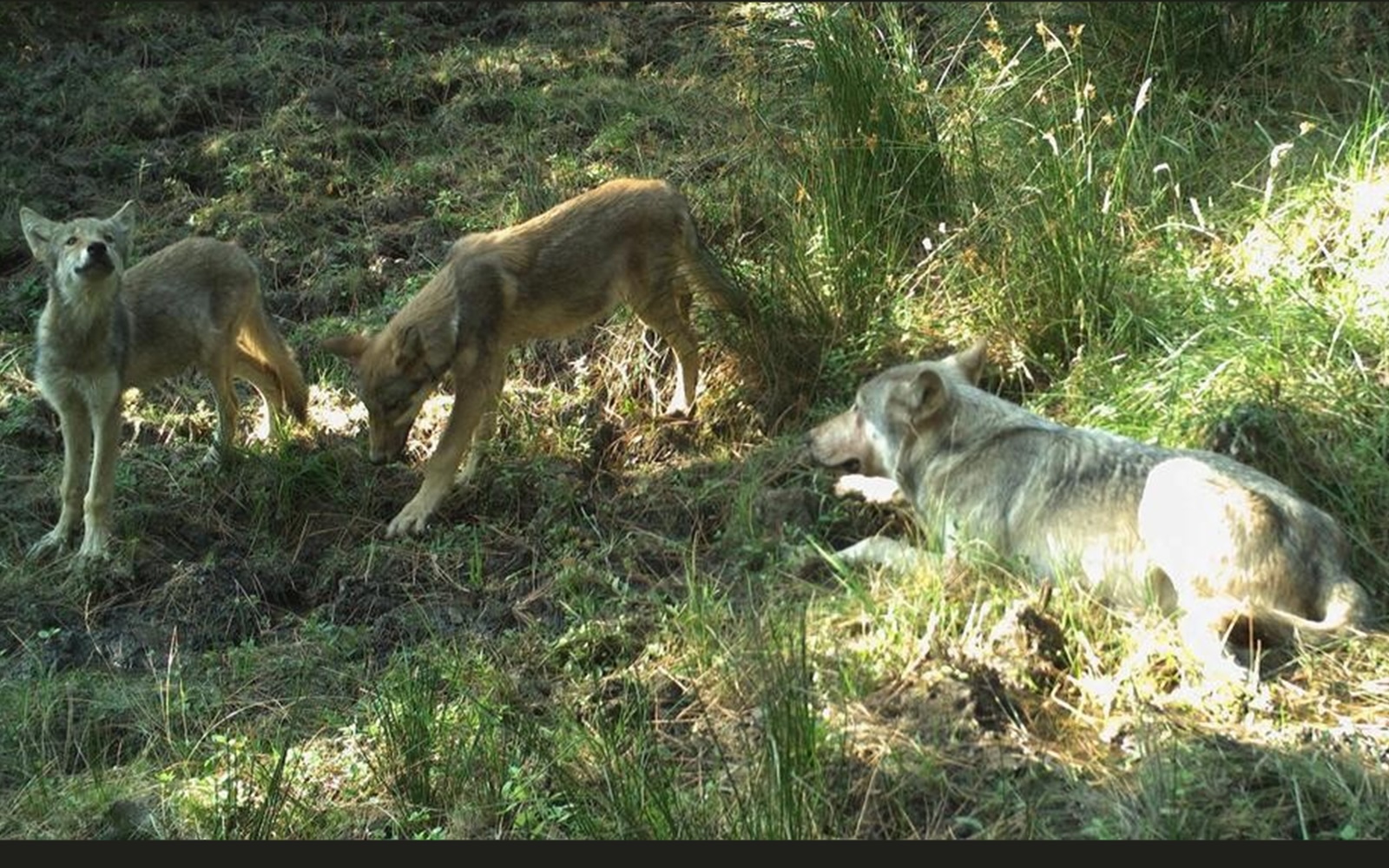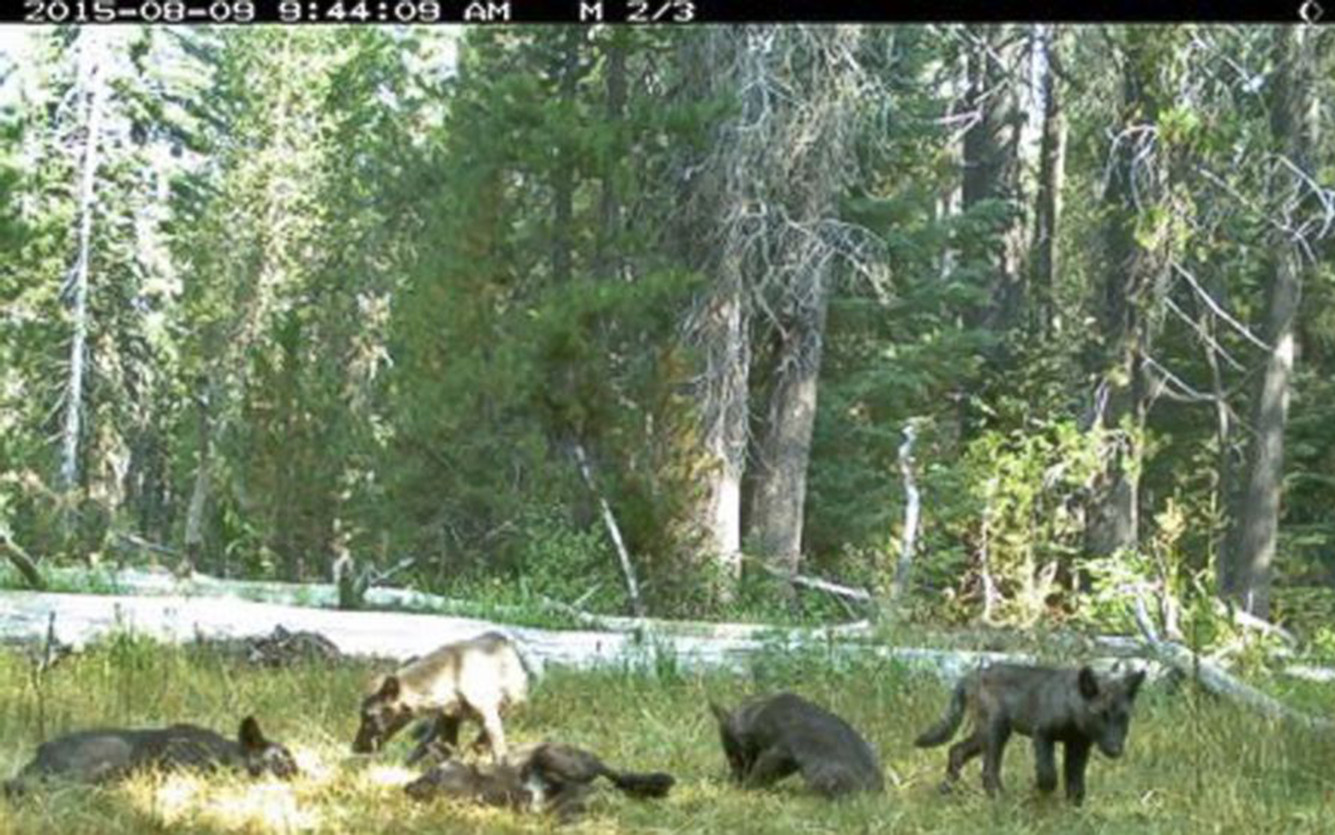DeFazio Letter Requests Immediate Protections for Gray Wolves
July 1, 2021 — Earlier this week, Rep. Peter DeFazio sent a letter to Secretary of the Interior, Deb Haaland and Principal Deputy Director of the USFWS, Martha Williams urging emergency reinstatement of Endangered Species Act (ESA) protections for Northern Rocky Mountain gray wolves. With Idaho and Montana recently passing laws that will allow devastating … Read more

